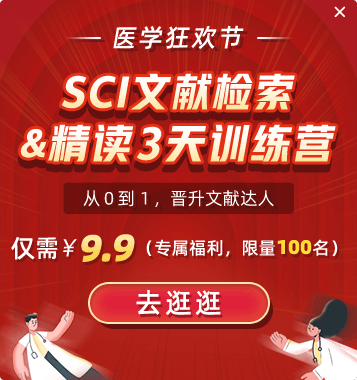A facile and chemical specific method to synthesize highly reduced graphene oxide (HRG) and Pd (HRG@Pd) nanocomposite is presented. The HRG surfaces are tailored with amine groups using 1-aminopyrene (1-AP) as functionalizing molecules. The aromatic rings of 1-AP sit on the basal planes of HRG through π-π interactions, leaving amino groups outwards (similar like self-assembled monolayer on 2D substrates). The amino groups provide the chemically specific binding sites to the Pd nucleation which subsequently grow into nanoparticles. HRG@Pd nanocomposite demonstrated both uniform distribution of Pd nanoparticles on HRG surface as well as excellent physical stability and dispersibility. The surface functionalization was confirmed using, ultraviolet-visible (UV-Vis), Fourier transform infra-red and Raman spectroscopy. The size and distribution of Pd nanoparticles on the HRG and crystallinity were confirmed using high-resolution transmission electron microscopy and powder X-ray diffraction and X-ray photoelectron spectroscopy. The catalytic efficiency of highly reduced graphene oxide-pyrene-palladium nanocomposite (HRG-Py-Pd) is tested towards the Suzuki coupling reactions of various aryl halides. The kinetics of the catalytic reaction (Suzuki coupling) using HRG-Py-Pd nanocomposite was monitored using gas chromatography (GC).

-
【Facile synthesis of Pd@graphene nanocomposites with enhanced catalytic activity towards Suzuki coupling reaction.].

 【对Suzuki偶联反应具有增强催化活性的Pd @ 石墨烯纳米复合材料的简便合成。】
【对Suzuki偶联反应具有增强催化活性的Pd @ 石墨烯纳米复合材料的简便合成。】 复制标题
复制标题
 收藏
DOI:10.1038/s41598-020-68124-w文章类型:杂志文章
收藏
DOI:10.1038/s41598-020-68124-w文章类型:杂志文章 复制DOI
复制DOI
译文
提出了一种易于合成高还原氧化石墨烯 (HRG) 和Pd (HRG @ Pd) 纳米复合材料的化学特异性方法。使用1-氨基芘 (1-AP) 作为功能化分子,用胺基对HRG表面进行定制。1-AP的芳环通过 π-π 相互作用位于HRG的基面上,向外留下氨基 (类似于2D衬底上的自组装单层)。氨基提供了与Pd成核的化学特异性结合位点,Pd成核随后生长成纳米颗粒。HRG @ Pd纳米复合材料显示了Pd纳米颗粒在HRG表面的均匀分布以及优异的物理稳定性和分散性。使用紫外可见 (UV-Vis),傅里叶变换红外和拉曼光谱确认了表面功能化。使用高分辨率透射电子显微镜,粉末x射线衍射和x射线光电子能谱证实了Pd纳米颗粒在HRG上的尺寸和分布以及结晶度。测试了高度还原的氧化石墨烯-芘-钯纳米复合材料 (HRG-Py-Pd) 对各种芳基卤化物的Suzuki偶联反应的催化效率。使用气相色谱 (GC) 监测使用HRG-Py-Pd纳米复合材料的催化反应动力学 (Suzuki偶联)。






























